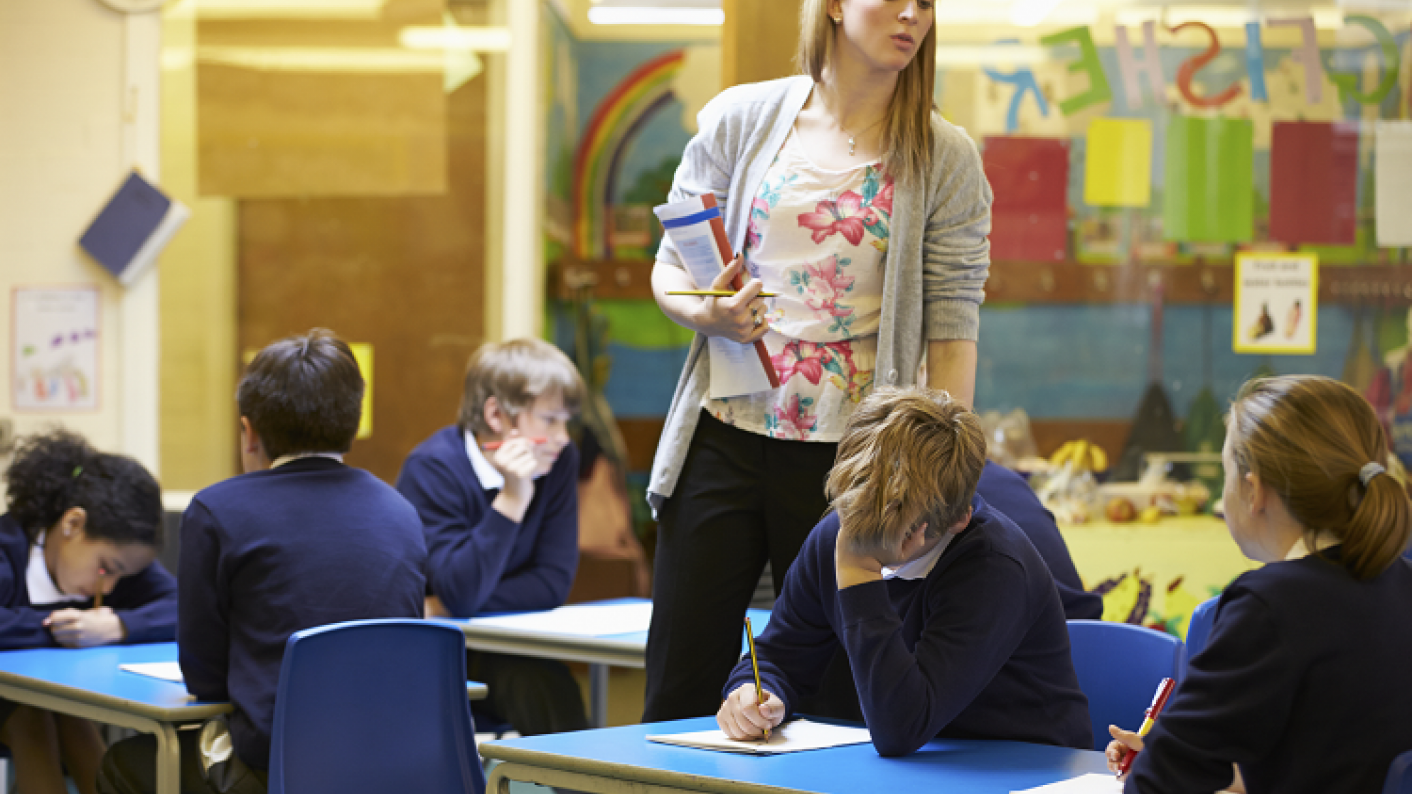When we ask to see you teach a lesson, we’re not looking for the best-crafted pedagogy in the world – we're looking for someone who can build a rapport with the children, command sufficient authority and understand how learning works. The lesson observation will come early enough in the day to be a deciding factor as to whether you will go on to be interviewed, so take it seriously.
Make sure you know exactly what and who you are teaching – topic, year, ability range and any specific learning needs. Assume that at least one child will be a genius, one will have serious learning difficulties and one will have reduced motor function.
Straight down to business: Avoid wasting important minutes asking students to write their name on a sticker or a placard. Get straight into the business of the lesson.
Do not plan for a lesson where the classroom layout is important. Plan something that would work equally well in rows or groups. If the lesson time you are allocated is shorter than 40 minutes, don’t bother with a starter – just get straight into the main task, although an initial short activity to grab their attention would be advisable.
The children may be shy or embarrassed, so don’t plan for hands up at any point for feedback or ideas. I wouldn’t assume that they will all have pens either. Unless you know the school well, I would also suggest as little use of technology as possible. It only takes the candidate before you to turn up with a memory stick full of viruses and your whole lesson will go down the tube.
Bring your own: Do not assume that the email you sent requesting 30 copies of a particular poem, or 10 A3 colour images of Henry VIII will have made it through, bring any resources you need yourself.
As with every lesson, consider what you want your students to learn in the short time you have with them. Provide a brief plan and, if you are only teaching for 30 minutes, feel free to outline your plan for an hour, highlighting the tasks you’ve chosen for the interview day to the observer (to whom you should have given a copy of the lesson plan). This enables those observing to get a better idea of how you might stretch the learning into something more rounded. If it is part of a wider scheme of learning, provide that as well – anything that enables your observers to consider your lesson in context.
Keep it simple: Don’t do too much in your lesson. A few really well executed, in-depth activities work best. Make sure the children work much harder than you. Try to practise on real children at least once. Read the room – if the children are too bubbly or too quiet, you may wish to adapt one of your activities.
I would suggest a quick introduction to who you are – “Hello, I’m Mr Jacobs, but you can call me Sir”–followed by a short, out-of-their-seat task, such as a washing line activity (one side of the room is an emphatic NO and the other an enthusiastic YES, and students stand where they are on this sliding scale based on their opinions or prior learning). This will enable you to ask them to explain why they’ve chosen to stand where they have. Are hedgehogs the only animals with spikes? Should prisoners be allowed to vote? Did George do the right thing by killing Lennie in Of Mice and Men?
Alternatively, a quick quiz in pairs can work well – particularly for assessing prior knowledge. Provide 20 questions with space to write answers beside them. You do not need to “go through” these – instead offer feedback as you tour the room later on.
Support strategies: There should, if possible, be a part of the lesson where children write undisturbed for about 10 minutes. This should provide them with an opportunity to communicate their learning to you. Depending on the age and ability of students, have some support strategies available: writing in pairs, sentence stems or specific vocabulary that needs to be used. At least one child will be the fastest writer you’ve ever met–consider having an exemplar response that they can provide feedback on, or highlight specific words and ask them to substitute them for better ones.
What have the students learned? Do bring the lesson to a conclusion. A fully fledged plenary may not be appropriate, but specific students sharing aspects of their writing may be. Alternatively, asking “What have you learned?” works well.
Smile. Challenge poor behaviour (look for the gum chewers). Acknowledge great responses. Thank them for their time and effort. Show how enthusiastic you are. No jokes, no banter, nothing too risky.
As a newly qualified teacher, we fully appreciate that you are not the finished article yet: we are looking for someone to invest in. We want someone willing to improve, to develop and become the best teacher they can be. We want someone ambitious for themselves and their students. It is hard to work with a colleague at the start of their career but it is also an honour.
Keziah Featherstone is headteacher at the Bridge Learning Campus, Bristol
